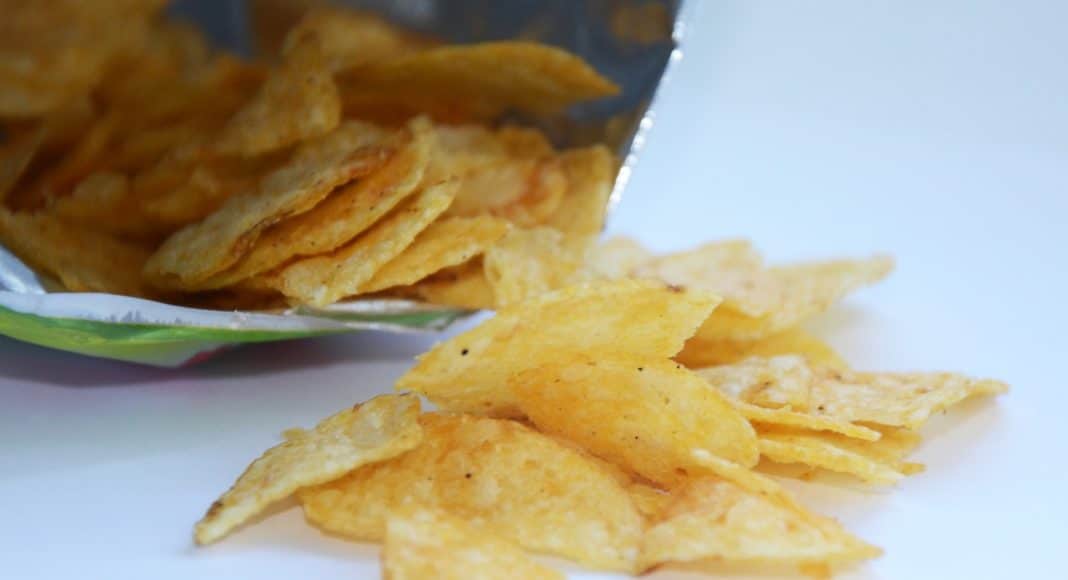Shifting consumer habits have potato chip companies making smaller bags, requiring smaller chips and therefore smaller potatoes.
Great things come in small packages may just be the idea the potato chip industry is following. As consumers are asking for more “snackable” options, potato chip companies are responding with smaller bags and they’re now asking farmers for smaller potatoes for those bags.
Most chip processing plants were built when “big potatoes filled larger bags, with very few name brands on them, and everything worked very easy,” says Mark VanOostrum, field supply manager with Beeton, Ont.-based WD Potato Ltd. “Now everybody has their own brand and everybody’s trying to differentiate in the marketplace — and the small bag market is expected to continue to grow.”
In the next five years, the branded potato chip business expects a 50 per cent of growth in the flat chip business coming from the small bag market, VanOostrum told the audience at the Ontario Potato Conference in Guelph, Ont. in March.
Smaller bags require smaller chips, and to make smaller chips, the potatoes must be smaller, VanOostrum says. In the past, potatoes being shipped to chip factories could be as large as four to 4.5 inches, but factories are now requesting a portion of their potatoes be two to three inches long. For farmers in southern Ontario, the potato chip factories in Cambridge, Toronto and New York are now all substantial small bag markets.
For farmers this is a challenge though. The potato industry has always been based on weight, with contracts signed depending on size. Farmers have focused on getting large yields by growing big potatoes in order to receive the best bang for their buck. But now how can farmers grow smaller potatoes and still make comparable yields?
The easiest way to cater to the smaller chip market is by growing varieties which produce little potatoes — however, most tend to not be sustainable, VanOostrum says. There is work being done on breeding smaller sized tubers which will yield better, grow with less water and lower fertility, not require fumigation and be able to grow in varying soil types, but those won’t be available for a few years.
Until those new varieties hit the market, producers are focusing on agronomic practices to grow smaller potatoes. Farmers can use hormonal applications to trick the potatoes into producing more potatoes or plant their crops with narrower seed and row spacings, forcing the potatoes to grow smaller, VanOostrum says.
“We’re not changing the whole industry, there’s still going to be a request for large bags of potato chips,” it’ll just be more based-on timing, VanOostrum says. “The plants may be more demanding to us, to say Monday, Tuesday we’re running big bags, so we can take these potatoes, and Wednesday, Thursday, we’re running small bags.”











